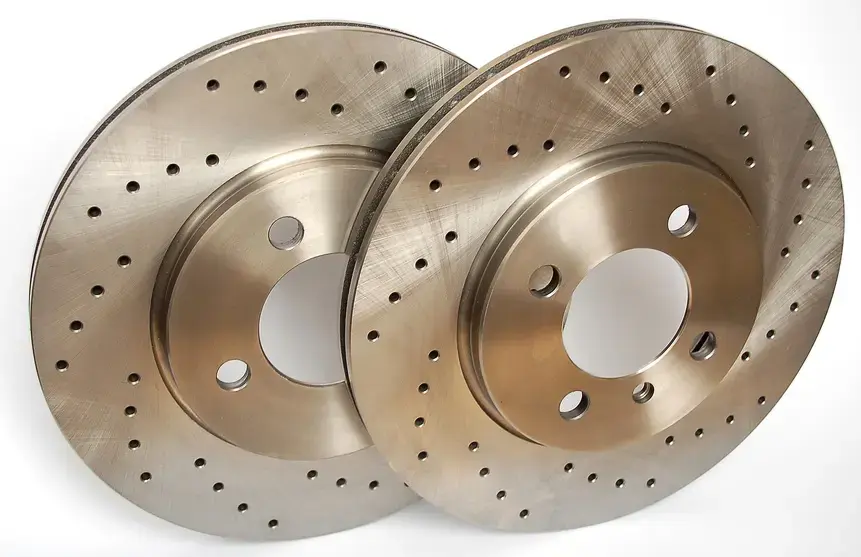The electrification of the drive train also changes the braking system. Precise pressure measurements are essential to ensure braking feel and safety in brake-by-wire systems.
With the shift to emission-free mobility, developers are under high innovation pressure – not only with the drive but also with traditional safety components like the braking system.
From Hydraulics to Electronics
The current hydraulic braking system is the result of decades of optimization. The driver perceives an amplified pedal effect through the brake booster – up to a certain point, the "knee point," from which the servo support is reduced. This prevents unintentional lock-up but can also lead to a sudden decrease in braking effectiveness – especially during emergency braking.
Another problem: lack of braking feel in electro-hydraulic systems. The industry refers to this as a "hard brake pedal" – the subjective feeling that there is no clear connection between pedal application and vehicle deceleration.
Brake-by-Wire Changes Everything
With the end of the combustion engine, the vacuum source for traditional brake boosters is eliminated in electric vehicles. Electrically controlled brake systems ("Brake-by-Wire") assume this function – as part of the E/E architecture and a prerequisite for automated driving.
For the system to work safely, the human-machine interface (HMI) must be maintained. To do this, pressure values are required:
- Pedal force (input)
- Brake pressure on the piston (output)
Only when both forces are reliably measured can the desired braking feel be reproduced in a software control system.
Only High-Precision Sensors Provide Useful Data
The pressure sensors in the brake-by-wire system must operate under demanding conditions: vibrations, high temperatures, aggressive brake fluids, and compact spaces are everyday challenges. The requirements are:
- Very accurate and repeatable measurements
- Long-term stability even under thermal and chemical stresses
- Compact design
Sensors like the ATM.1ST from STS prove their worth here. It is used worldwide in testing facilities and vehicle development to precisely record inlet pressure, outlet pressure, and other hydraulic parameters.
Braking Feel Cannot Be Simulated – It Must Be Measured
The goal: not just braking performance, but an intuitive, predictable braking feel for all driver types. Whether sporty-aggressive or defensive – the control must recognize behavior and dose accordingly.
Wheel speed sensors can detect braking effect, but the subjective pedal feel results from the interplay of pressure, time course, and driver feedback. The challenge is to measure these parameters exactly – and to reproduce them in the control software so that they feel natural.
 Figure: Brake-by-Wire System of a Formula 1 Race Car. Source: formula1-dictionary.net
Figure: Brake-by-Wire System of a Formula 1 Race Car. Source: formula1-dictionary.net
Conclusion
The future of the braking system is electric – but trust in its performance is based on real data. High-precision pressure transducers like the ATM.1ST help developers integrate the braking feel safely and reproducibly in brake-by-wire systems. This creates safety – and driving comfort.
